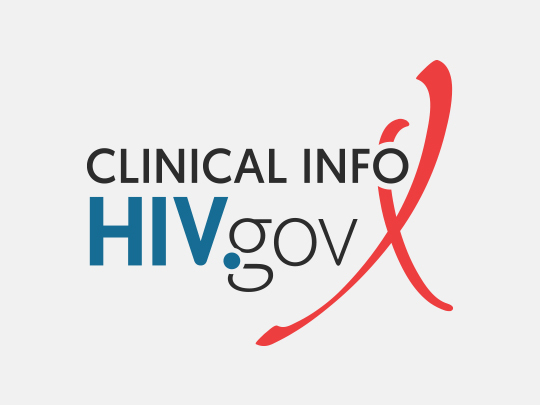Update to the Guidelines for the Use of Antiretroviral Agents in Pediatric HIV Infection

Editor’s Note: This news item was originally published by Clinicalinfo on September 30, 2025. HIV.gov is cross-posting it now to share these important updates to the Guidelines for the Use of Antiretroviral Agents in Pediatric HIV Infection.
Cross-posted from: Clinicalinfo
The Panel on Antiretroviral Therapy and Medical Management of Children Living With HIV has reviewed and updated sections in the Guidelines for the Use of Antiretroviral Agents in Pediatric HIV Infection.
When to Initiate Antiretroviral Treatment in Children With HIV Infection
- In antiretroviral (ART)-naive children and adolescents with cryptococcal meningitis, tuberculous meningitis, and disseminated Mycobacterium avium complex disease, the Panel recommends initiation of treatment for the opportunistic infection first, before ART initiation.
Management of Children Receiving Antiretroviral Therapy
- Modifying Antiretroviral Regimens in Children With Sustained Virologic Suppression on Antiretroviral Therapy has been updated to emphasize optimization to integrase strand transfer inhibitor (INSTI)-based regimens for children with perinatally acquired HIV (PHIV). The Panel recommends the following:
- INSTI drugs have demonstrated higher efficacy and improved safety profiles compared to non-nucleoside reverse transcriptase inhibitors (NNRTIs) or protease inhibitors (PIs). INSTI-based ART regimens are Preferred initial regimens for infants, children, and adolescents; thus, optimization to an INSTI-based regimen for eligible children and adolescents should be offered.
- Table 18. Examples of Changes in Antiretroviral Regimen Components for Children With Sustained Virologic Suppression has been updated to include the addition of Symtuza for children >40 kg.
- Recommendations have been updated in Recognizing and Managing Antiretroviral Treatment Failure:
- When using a new regimen with only two fully active antiretroviral (ARV) medications, at least one should have a high barrier to resistance (i.e., second-generation INSTI or boosted PI).
Special Considerations for Antiretroviral Therapy Use in Adolescents With HIV
- New text with supporting references has been added to the section. Without ideal HIV care, models project that adolescents with PHIV have life expectancies 10 to 12 years shorter than youth without HIV, highlighting the importance of specialized care that addresses critical barriers to optimal health outcomes in this population.
Appendix A: Pediatric Antiretroviral Drug Information
- The following are new for the 2024 Pediatric Antiretroviral Drug Appendix A:
- The U.S. Food and Drug Administration (FDA) approved rilpivirine tablets for oral suspension (Edurant PED) for children aged ≥2 years and weighing ≥14 kg to <25 kg for use in combination with other ARV drugs (see Rilpivirine).
- The FDA approved use of emtricitabine, rilpivirine, and tenofovir alafenamide (ODEFSEY) as a complete regimen for the treatment of HIV-1 in pediatric patients with body weight ≥25 kg (see Rilpivirine, Tenofovir Alafenamide, and Emtricitabine).
- The FDA approved use of darunavir and cobicistat (Prezcobix) for children weighing ≥25 kg to ≤40 kg for use in combination with other ARV drugs (see Cobicistat).
Clinicalinfo welcomes your feedback on the latest revisions to the Guidelines for the Use of Antiretroviral Agents in Pediatric HIV Infection. Please send your comments with the subject line “Pediatric ARV Guidelines” to HIVinfo@NIH.gov by December 8.